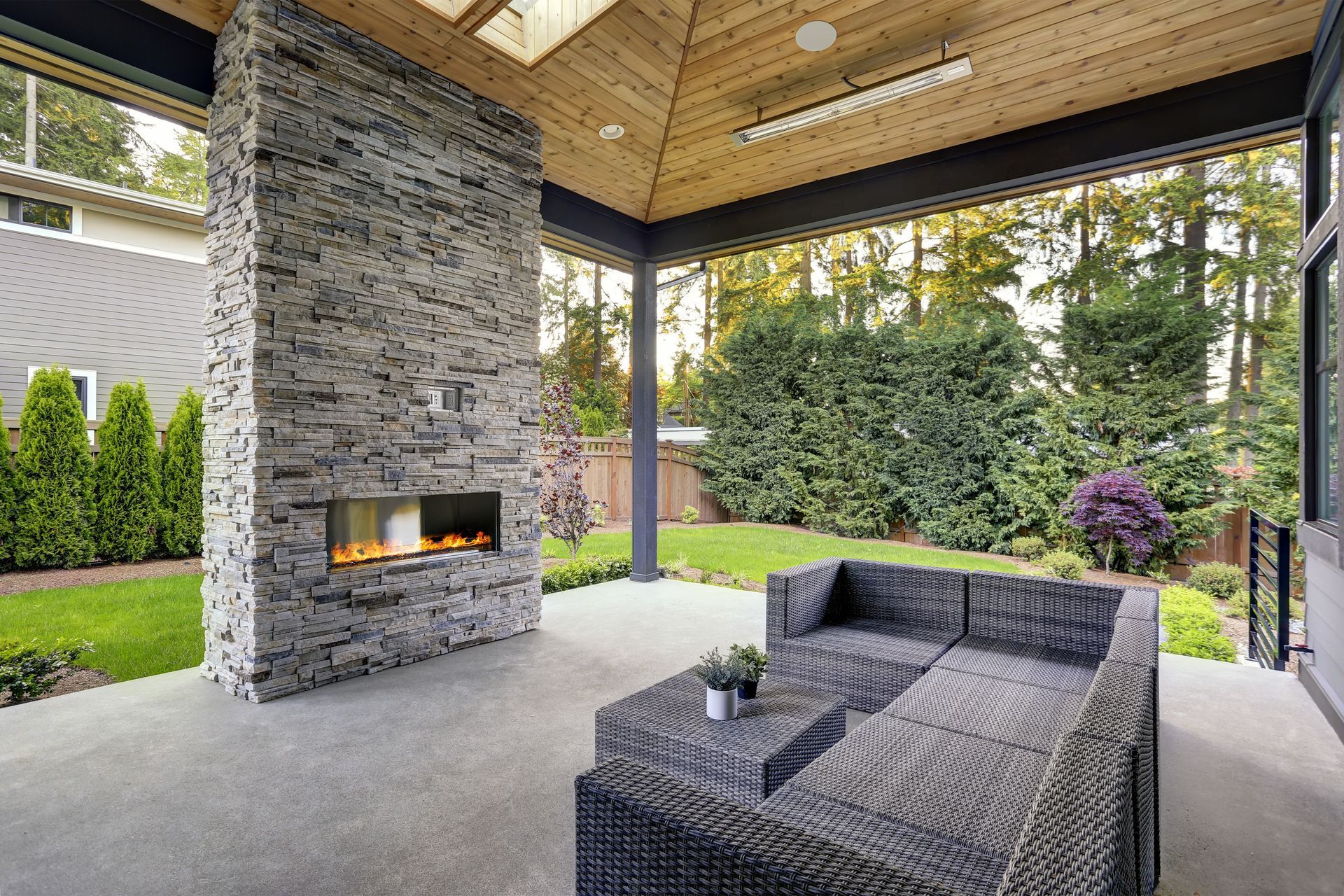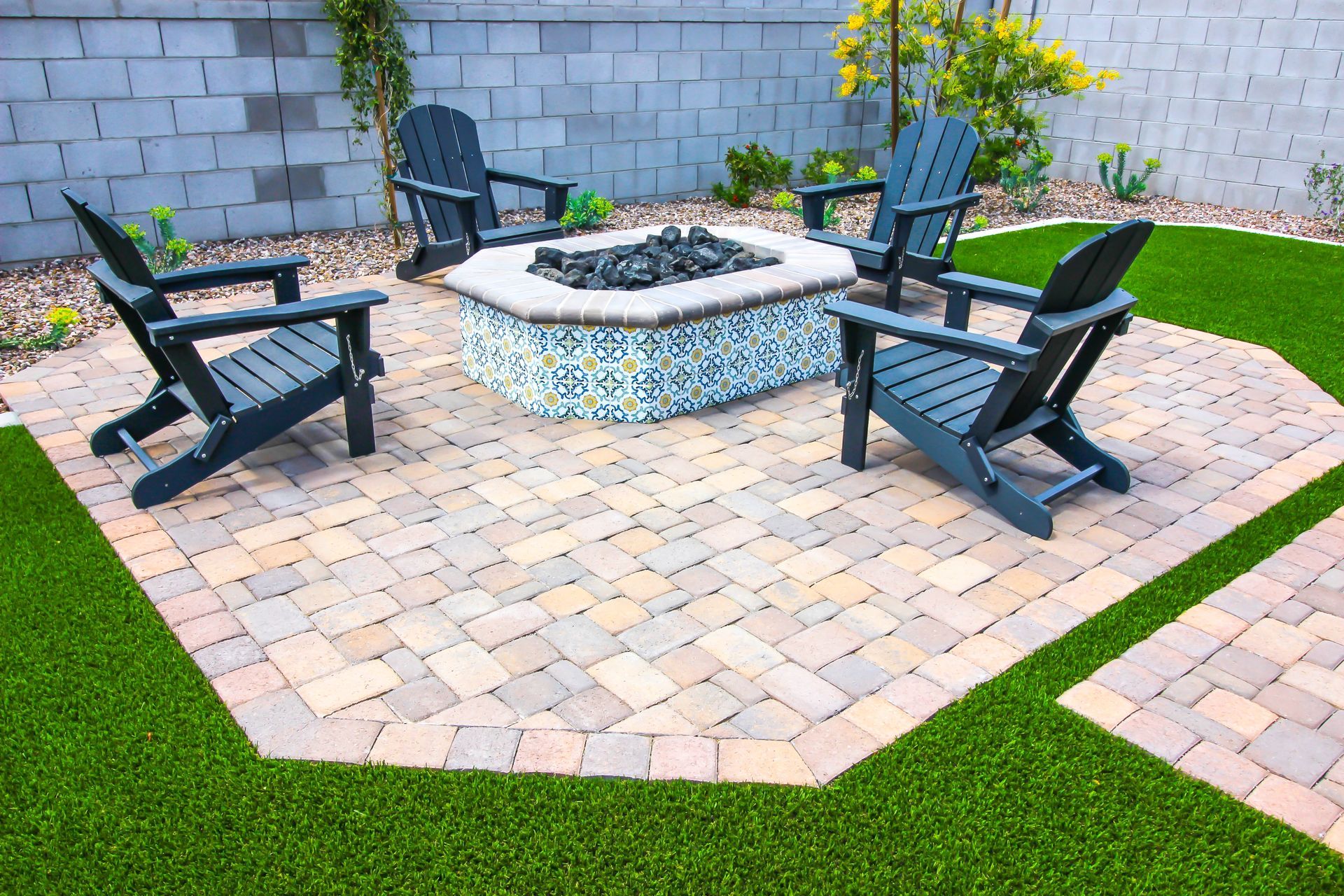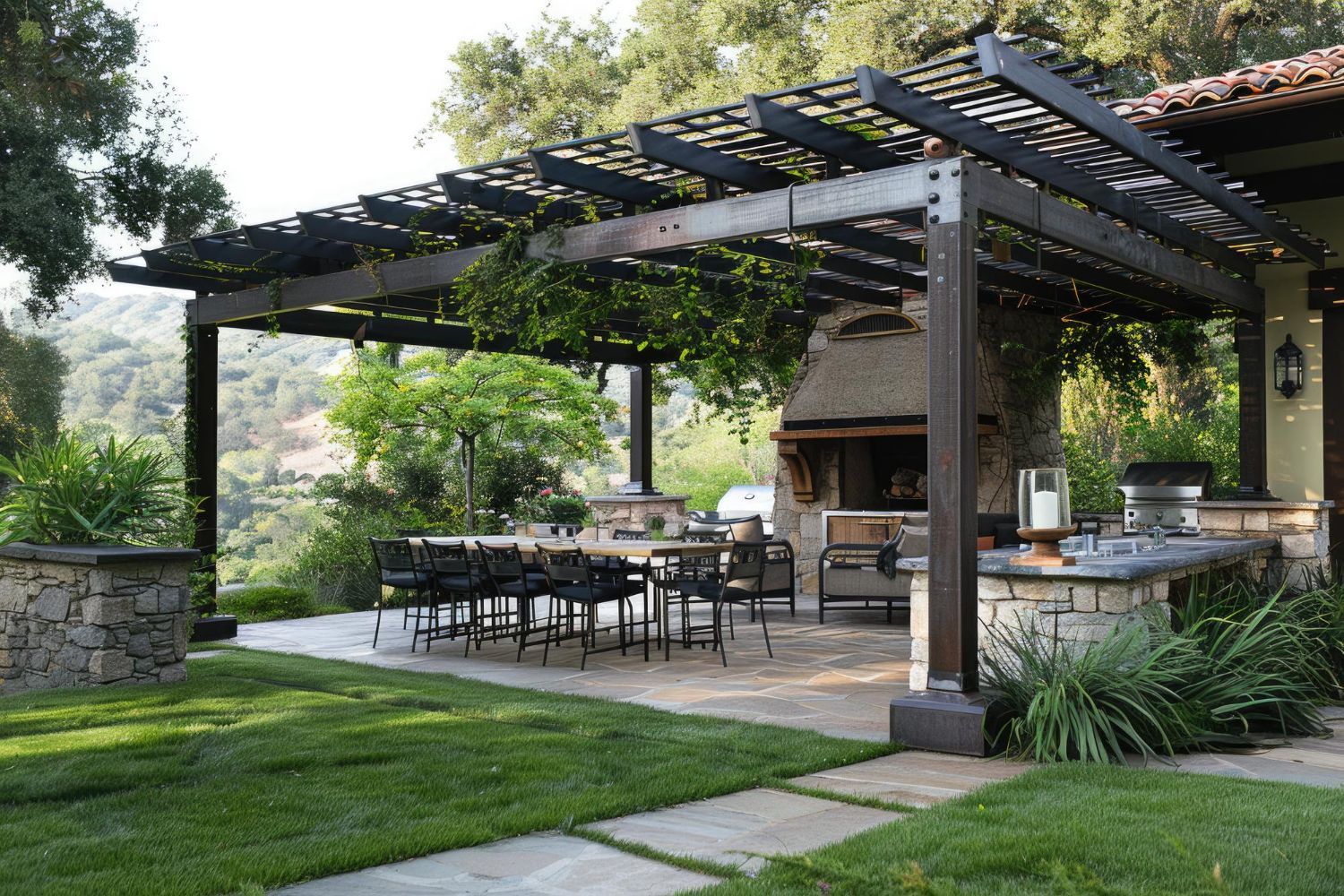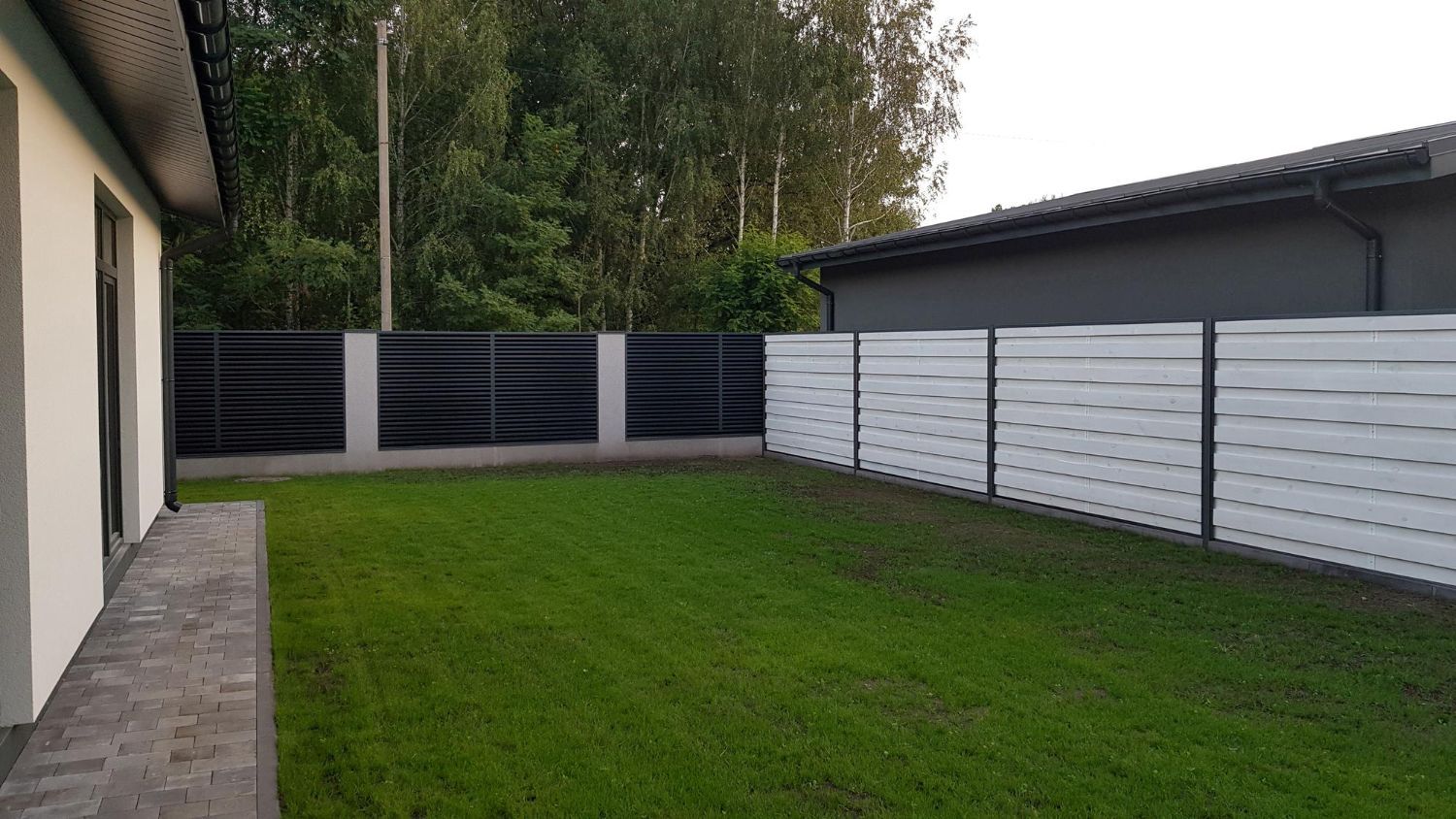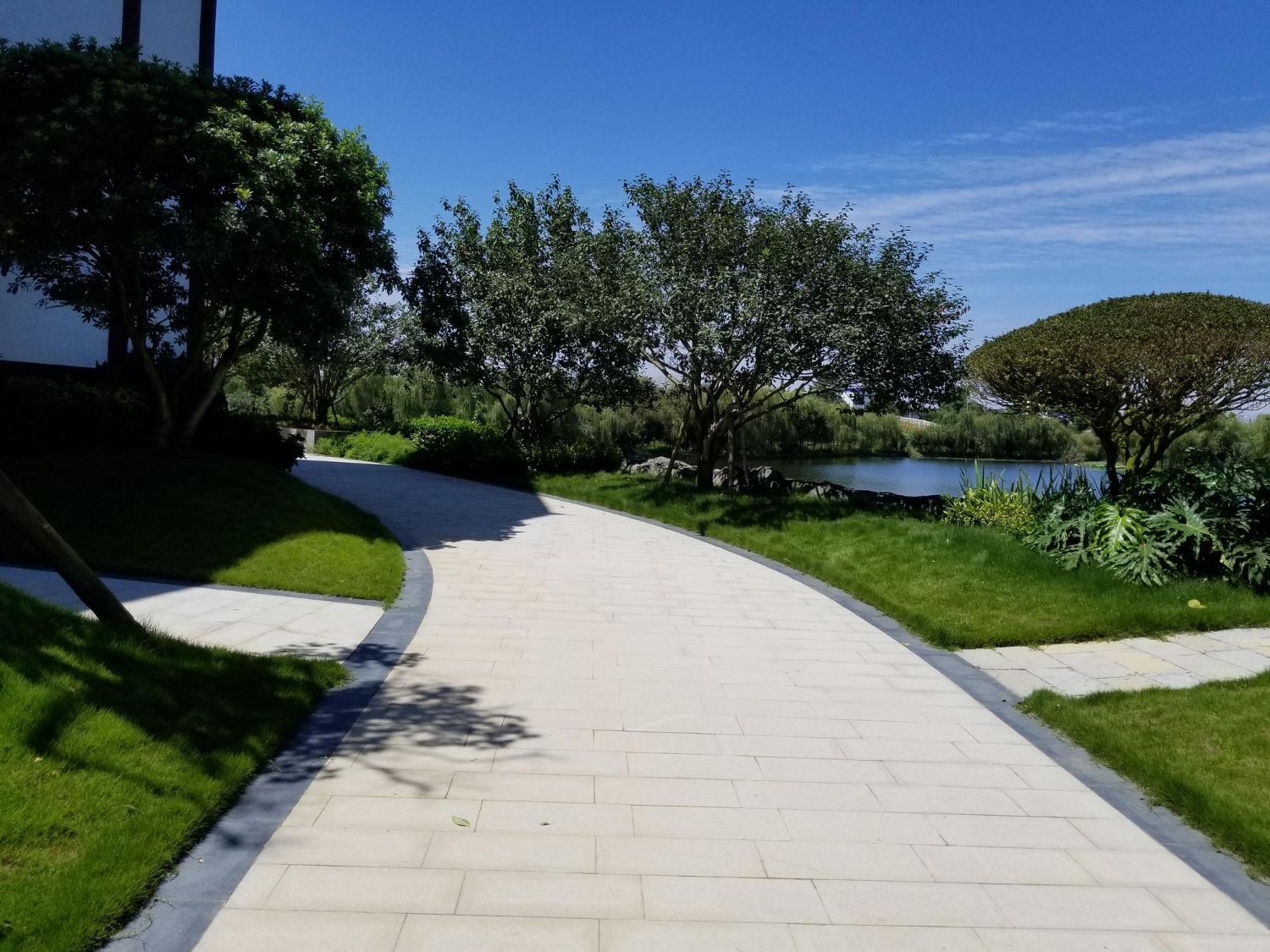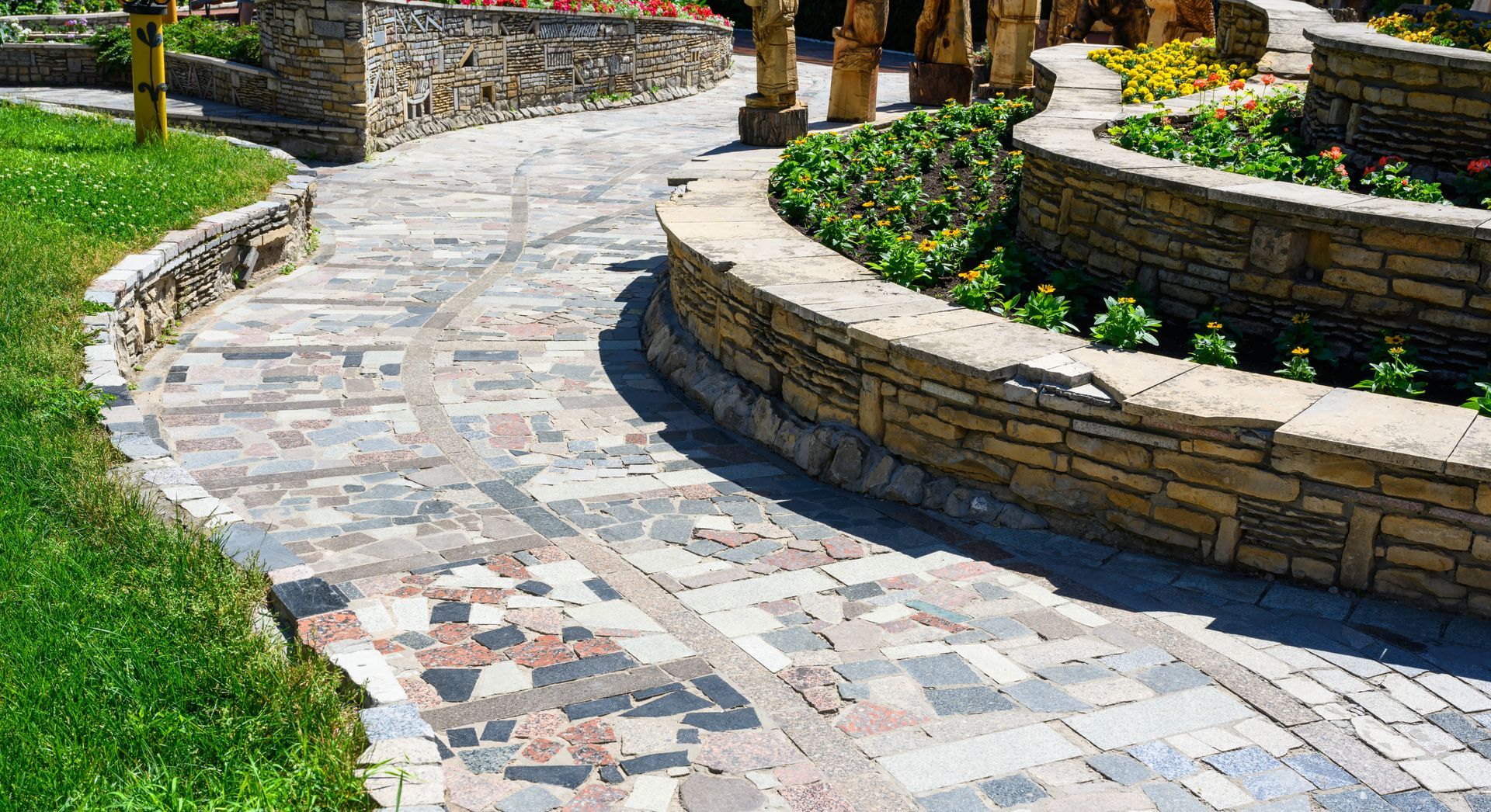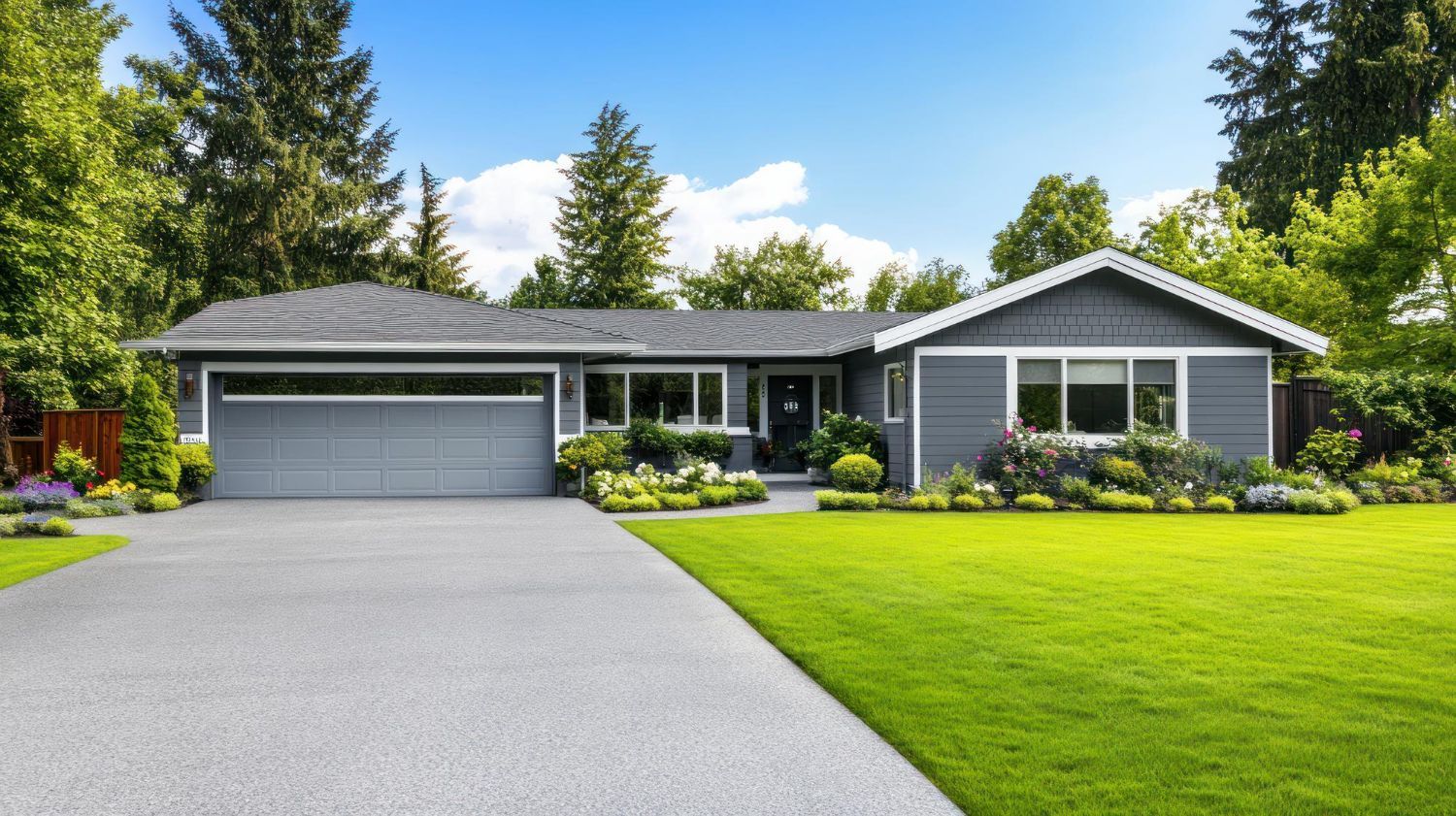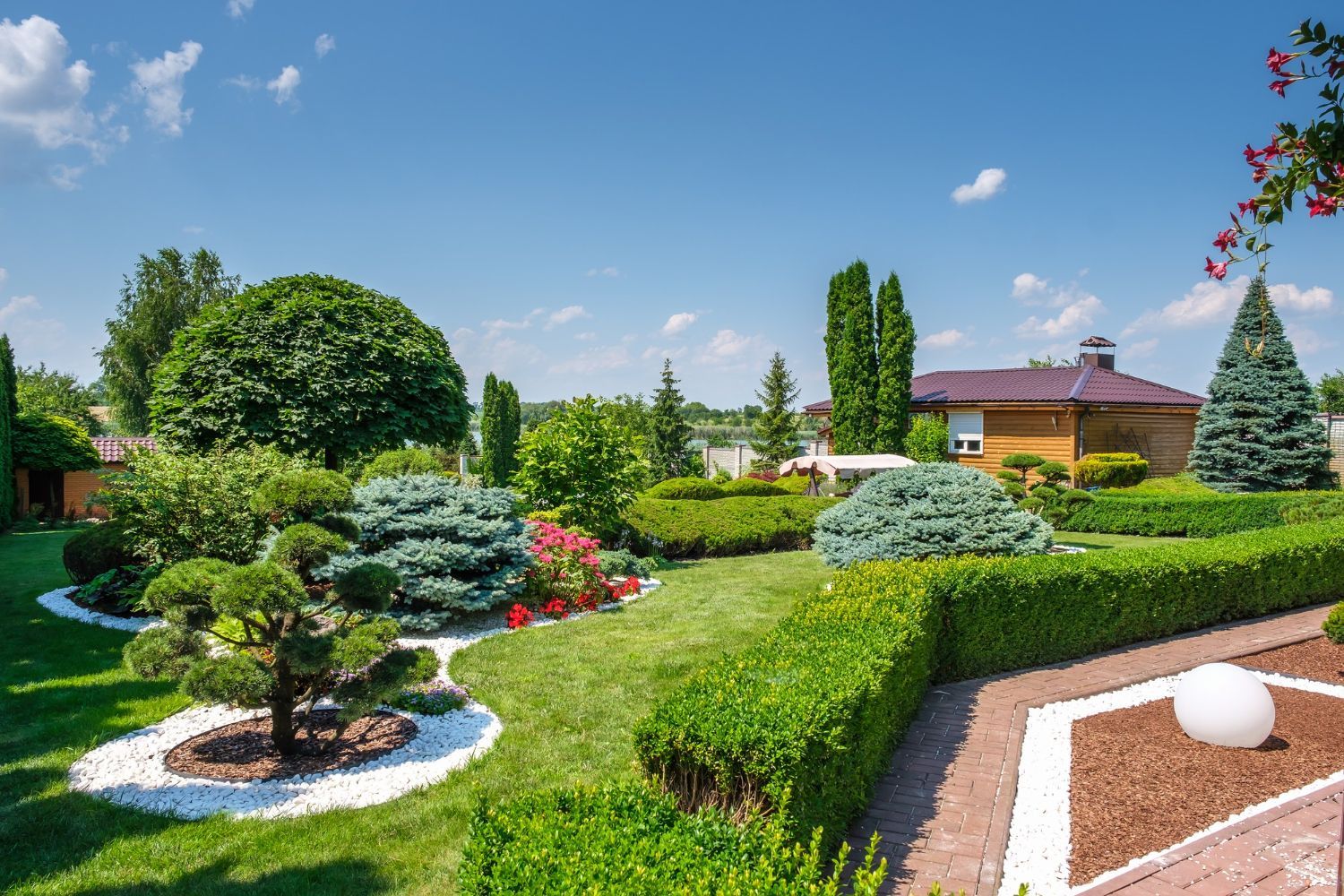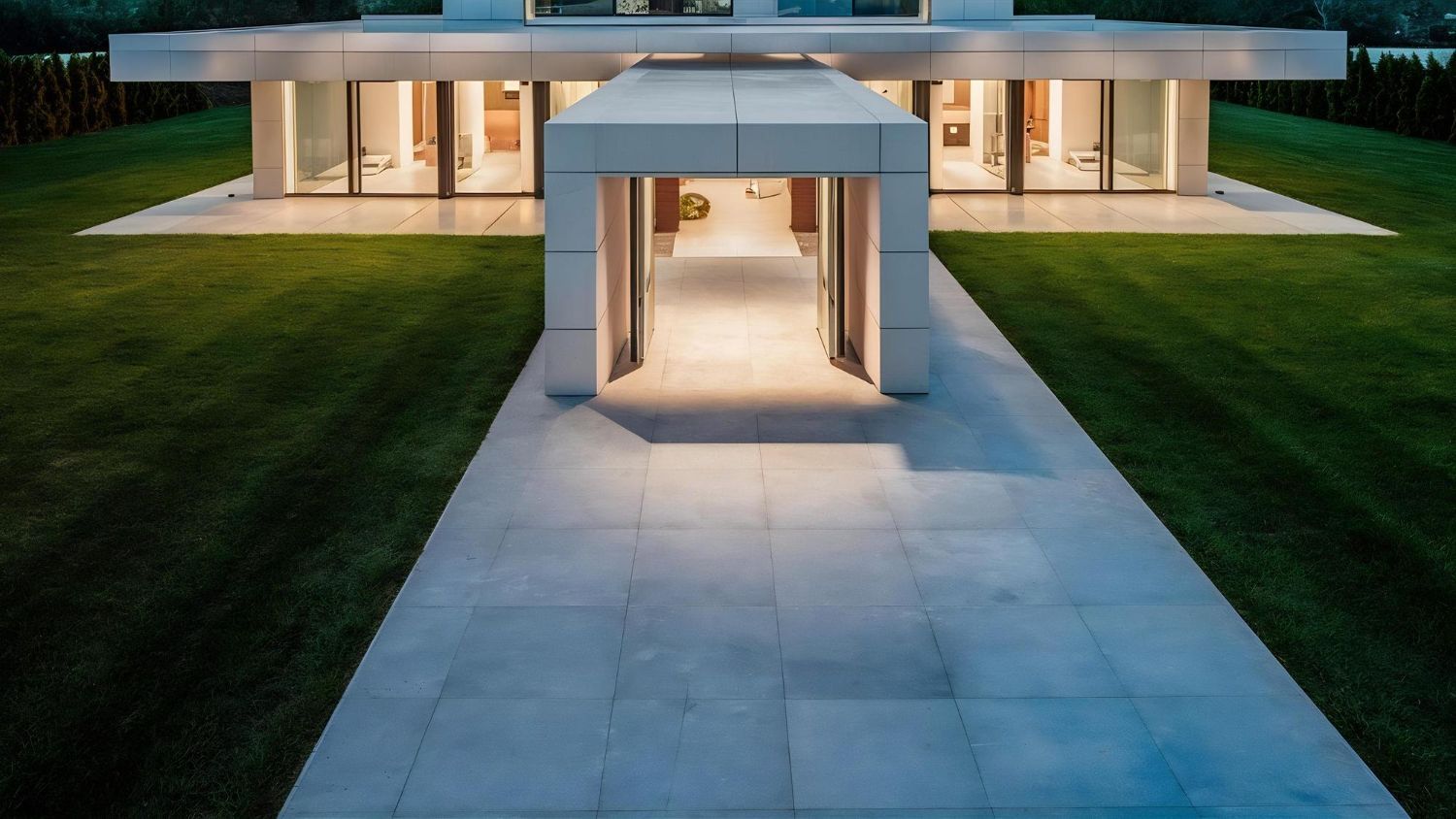Importance of a Well-Designed Retaining Wall
Retaining walls are more than just a visual feature in your landscape. They serve a crucial role in maintaining the structure and integrity of your yard. A well-designed retaining wall can add value, beauty, and function to your property. It's essential to understand their importance and how a well-thought-out design can benefit you in the long run.
Understanding Retaining Walls
Retaining walls are rigid structures designed to resist the lateral pressure of soil. They stabilize sloped landscapes and provide flat surfaces at different elevations. Not only do they prevent soil erosion and manage water flow, but they also create more usable space in your yard.
Benefits of a Well-Designed Retaining Wall
A well-designed retaining wall can provide several benefits to homeowners. These include:
Erosion Control: Retaining walls are particularly beneficial for properties on a slope or in areas prone to erosion. They prevent the soil from washing away during heavy rains, protecting your landscape and structures from damage.
Increased Usable Space: Retaining walls can transform a sloped yard into a series of terraces, providing additional usable space for gardening, recreation, or other activities.
Aesthetic Appeal: Retaining walls can significantly enhance the visual appeal of your landscape. With a wide variety of materials and designs available, they can complement any style of home.
Increased Property Value: A well-designed retaining wall is a valuable investment. It can increase the value of your property by improving its aesthetics and functionality.
Designing Your Retaining Wall
When designing your retaining wall, there are several factors to consider:
Materials: There are various materials you can choose from, including concrete, stone, brick, and wood. The choice of material will depend on your budget, the style of your home, and the wall's intended function.
Size and Shape: The size and shape of your retaining wall will depend on the slope and the amount of soil it needs to retain. A professional landscaper can help assess your needs and recommend the best design.
Drainage: Proper drainage is essential in retaining wall design. Without it, water can build up behind the wall, causing damage.
Professional Installation: A retaining wall is a complex structure that requires careful planning and construction. It's best to hire professionals with experience in retaining wall design and installation to ensure it's done correctly and safely.
Well-designed retaining wall is an essential component of any landscaping project. It provides a functional solution to managing sloped terrains while adding visual interest and value to your property. By considering factors like materials, size, shape, and drainage, you can create a retaining wall that is not only structurally sound but also aesthetically pleasing.


